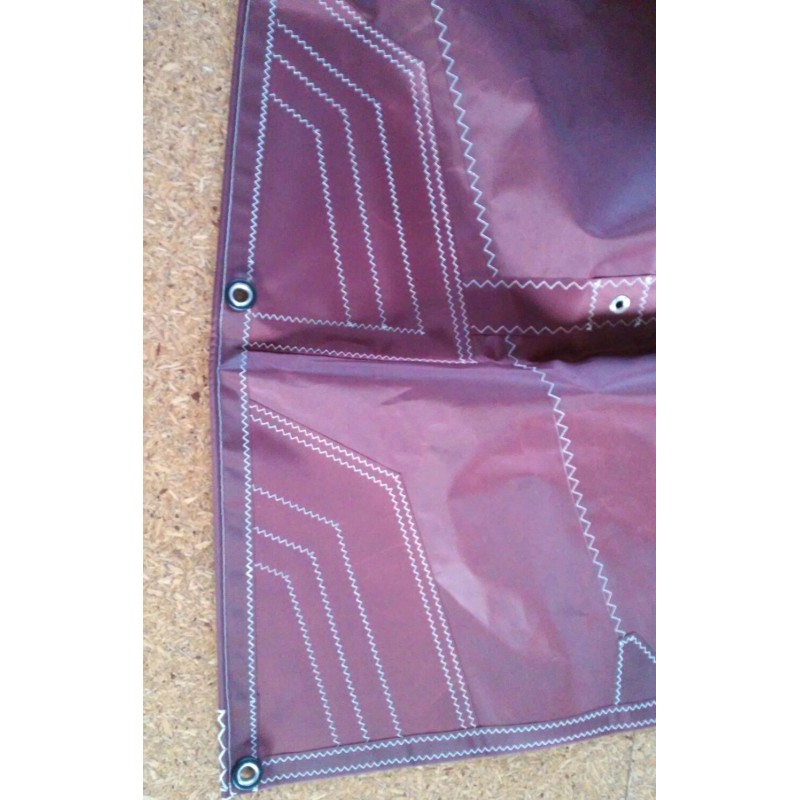

Trim to keep the pole at a right angle to the wind. The spinnaker guy is used to control the position of the pole, and the angle of attack of the sail to the wind.

Not all boats use separate sheets and guys, so there may not be a lazy guy/sheet. The sheet on the windward side and the guy on the leeward side will be the lazy sheet and lazy guy. When the sail is set, the lines not under load are the lazy guy or sheet. The sheet is used to trim the sail as we adjust the pole with the guy. In either case, the guy connects to the sail, not the pole, and runs through the jaws of the pole. While the guy is a pole control, some boats use dedicated sheets and guys, while some use a single line that switches function between sheet and guy as the sail jibes from side to side. Spinnaker Controls and LinesĪ spinnaker connects the boat with a halyard at the head of the sail to hoist it, a sheet on the leeward side, and a guy on the windward side. In this article, we'll focus mainly on symmetrical spinnakers. Symmetrical sails aresailed deeper downwind with the poles, whereas asymmetrical spinnakers are better at reaching and sailing at higher angles, and are simpler to set and handle. The tack and leech of a symmetrical sail depends on which side the pole is on - the pole side is the tack. A symmetrical spinnaker has both sides the same length and requires a pole to position. An asymmetrical spinnaker has a tack and a distinct leech. The symmetry refers to the length of the sides of the sails. Spinnaker come in two types: symmetrical and asymmetrical. There's a little more to it (of course), and each step has a few things to get right. You may have a few more lines, but the general process is: prep the spinnaker, connect the lines to the sail, hoist the pole on the windward side, then hoist and trim the sail. It seems daunting, but the principles of setting a symmetrical spinnaker are the same whether you're on a 420 dinghy or a fifty foot racer. Set the pole by putting the sheets and guys in the pole's jaws.Attach the halyard to the head, make sure it is outside the headstay.Run your spinnaker sheets and guys before attaching to tack and clew.Prepare the kite by finding the corner and making sure the sail isn't twisted.How do you rig, set up and hoist a spinnaker? Wouldn't it be nice to break that sail out of the bag for the ride back down wind? You're sailing upwind, and all around you colorful spinnakers fill and flutter as boats sail the other way. Check it out.It's a beautiful, sunny day. Today, I'm very happy with this set up, but the boom extrusion that connects to this goose neck is very cheap and chintzy. It allowed me to make some needed changes to the mast and the rigger had some great ideas that I went along with. Losing my mast back then was probably the best thing that ever happened to me. Every time I tried to get my Gennie down, the halyard would get caught in the sheave. The old Tabernacle was cast and it had a sheave at the bottom for the Jib Halyard. I had Rig-Rite in Warwick RI do the work. When I lost my mast back in the 1990s, I had a new Z-Spar mast made up with a stainless steel mast Tabernacle with a utility plate. The extrusions that came with these spars are really cheap cast Aluminum junk from France. I have a Z-Spar mast and boom with internal halyards and control lines. You can't see the hole in the picture, but it is on the top of the cast Aluminum extrusion. Here's the picture of my goose neck fitting from my old mast. I'll see if I can find it and post it for you. Someone posted one on the "Ask an O'Day Owner" forum or the "Day Sailor's" (O'Day) forum of this site a few weeks ago. As for the reefing, you're going too need a good jiffy reefing kit.

You can probably attach a horn in that area too. I would try to fit a shackle into your goose neck fitting somehow so that the tack of your mainsail is close to the mast. The Goose neck fitting is riveted to the mast and there is no tack downhaul. Click to expandThe shackle fits into a hole in the top of this cast Aluminum goose neck fitting.


 0 kommentar(er)
0 kommentar(er)
